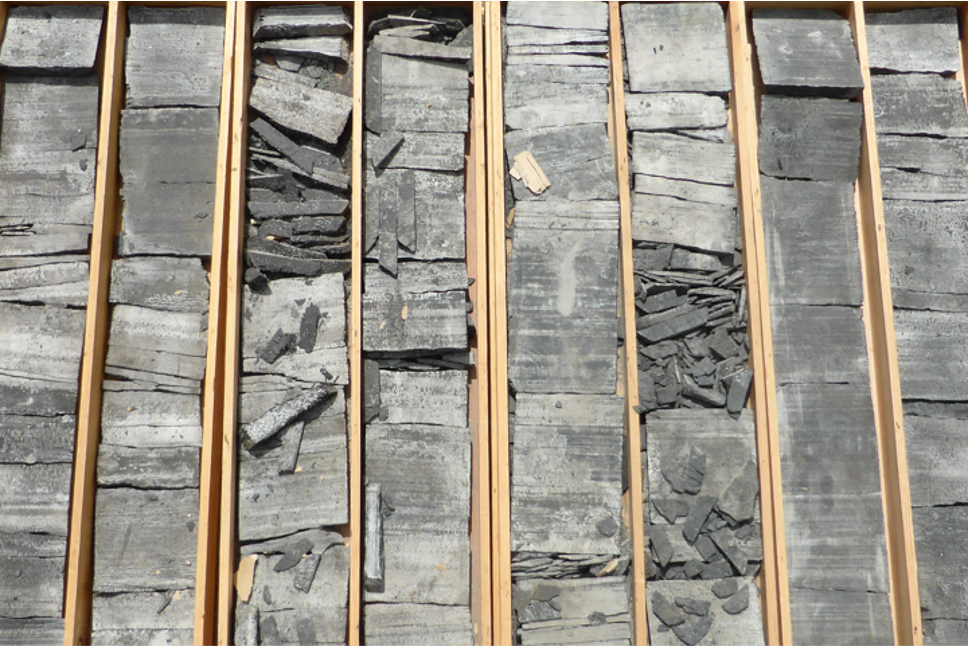“I must admit that a quick search on the internet did not immediately result in finding a published dataset to show that total organic carbon decreases with depth through the conventional oil window,” says Paul Farrimond, who is a director at IGI Ltd in Bideford, England. “Maybe these types of datasets are only just now being made public in easily usable formats.”
It could be the reason why Per Arne Bjørkum used his own dataset of 40 wells in the Norwegian sector in a recent publication, with which he demonstrated that there is no apparent loss of total organic carbon (TOC) in the source rock with depth. As that is what one would expect when a source rock passes through the oil window, Bjørkum came up with another hypothesis to explain the formation of oil and gas.
However, the benefit a company such as IGI has is that it worked extensively on compiling databases of geochemical data obtained from the most prolific UK and Norwegian source rocks. This has resulted in the possibility to verify the question Bjørkum raised in his manuscript.
Below is a series of depth plots showing the TOC contents of thousands of Upper Jurassic source rock samples from the UK and Norwegian sectors. “I can see why there is room for speculation, especially when looking at the Norwegian North Sea dataset,” says Farrimond. “However, there is still a trend towards decreasing TOCs from 3,000 m onwards, as would be expected in a conventional oil window setting.”

So, why is the trend not as well developed as expected? “It should be remembered that TOC is the total amount of organic carbon,” Farrimond reiterates. It includes both the kerogen (macromolecular sedimentary organic matter that breaks down with increasing burial to form petroleum) and any in situ petroleum that has not been expelled. It will also include any organic contamination of the samples, typically from oil-based drilling mud or organic additives in water-based muds.
S2
“A parameter that should give a more reliable measure of the conversion of kerogen to petroleum is the S2 parameter from Rock Eval analysis,” says Farrimond. It is a conventional geochemical screening method that has been routinely used in the industry since the 1970’s, resulting in a very large amount of available data.
S2 is a measure of the pyrolysable organic matter in a source rock and essentially represents the kerogen that with increasing burial and maturation would convert to form petroleum.
This parameter is much less prone to contamination, particularly from oil-based drilling muds, and unlike TOC does not include most of the in-situ petroleum content or the more inert fraction of the kerogen (“dead carbon”) that would not convert to petroleum.
When plotting S2 against depth for the same data set as shown above, both the large UK and Norwegian data sets clearly show a strong fall in S2 from around 3,000m depth. This decrease records the conversion of kerogen to petroleum, i.e. the Upper Jurassic source rocks are entering the oil window at around that depth in each area.

“Using data from so many different wells, labs and with a wide geographical distribution necessarily comes with scatter,” Farrimond says. “With that in mind it is actually quite surprising that data from all three areas clearly show the same decrease in S2 with depth from around 3,000 m,” he adds.
This is despite the fact that sample depths plotted here are measured depths from the rotary table. In other words, they do not allow for different water depths or inclination of the well. More precise plots would use true vertical depths below sea floor.
In addition, variable geothermal gradients and burial histories (especially uplift) will result in different depths to the oil window in different regions within each dataset, effectively blurring the trends.
Finally, most of the data will be from cuttings which can be susceptible to the effects of cavings, meaning contamination from shallower rock material.
“In spite of these complicating factors, it is interesting to see that the trends we observe in our large data sets do indeed seem to support a model of oil generation below around 3,000 m in these areas, which is in line with current models used by most workers and contrasts the view expressed in Bjørkum’s manuscript,” concludes Farrimond.
HENK KOMBRINK





